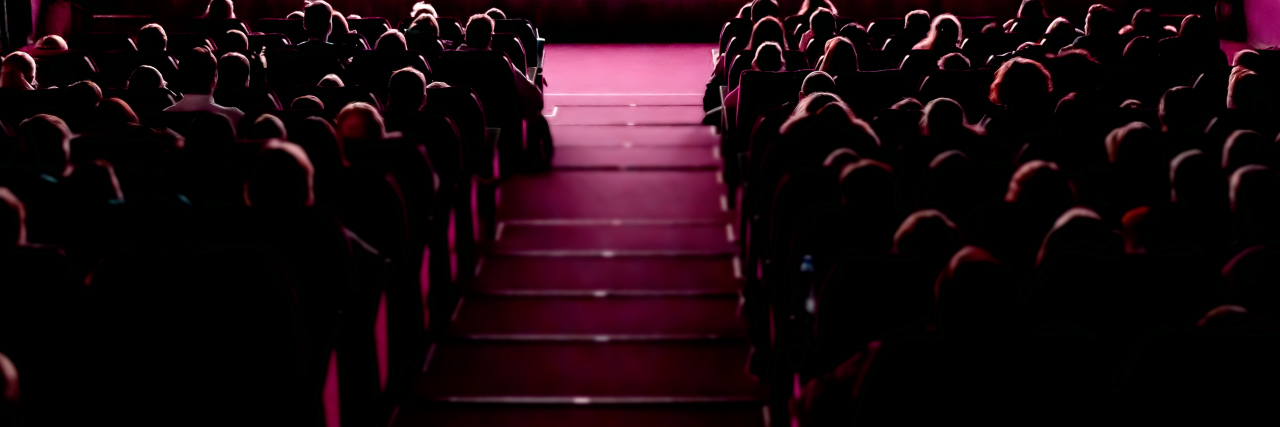I am a little person studying to get my master’s degree in theatre directing. Theatre is something I love endlessly. I cannot see myself doing anything else. That being said, I acknowledge there are commonly performed plays and musicals that very openly discriminate against little people. Sitting with this is difficult for me, so I want to shed light on this issue in hopes to make other theatre makers and theatre consumers more mindful of this problem.
Arguably, the most classic of this group of productions is “Snow White and the Seven Dwarfs.” Logistically, this play can be done in a few different ways. The seven dwarfs can be cast as seven average height children, seven average height adults standing on their knees, or seven people with dwarfism. Whichever way it is done, there is an overwhelming notion that these characters are different from Snow White and her Prince. Rather than characters with names, they are known by their defining adjectives (Happy, Sleepy, Sneezy etc.) and they are regarded more as creatures or pets than people.
Another production is “Charlie and the Chocolate Factory.” The two movies that have been made have done enough damage on their own, but the story is often performed in theatres as well. The Oompa Loompa characters are less than human — they are oddities, “comic relief” for the storyline. With the usual green hair and orange skin, they are distanced even more from the average person. Much like Snow White, there are a few different ways to cast this production. Any way it is done, the patrons who see this show, especially the children, can easily leave with the idea that people of smaller stature are funny and less than human.
In more recent years, “Shrek: The Musical” has risen in popularity. This production is unique because the character of Lord Farquaad is cast as an average height man who plays the character on his knees. There are shoes on his knees so it looks like he has short legs. Most of the comedy around Farquaad is related to his size, and the fact that he is an actor pretending to have dwarfism. It is a crowd favorite and always gets laughs.
There are other productions that use dwarfism as a comedic or inhuman characterization, but I have chosen to briefly focus on a few popular ones. I have had this conversation more than once with different people, and the most common follow-up question is, “What do we do about these shows?” My answer is simple, and it will not please everyone, but I believe it will benefit the thousands of little people affected by preconceived stereotypes. My answer is that these productions are outdated. Some stories can stand the test of time. However, as society evolves, art should evolve with it. It is no longer acceptable to portray little people in a less-than-human way.
There are countless other productions that are just as entertaining, and not offensive. I understand that there are many people who love these stories, but this is a very tricky and specific situation. In terms of the world population, the population of those with dwarfism is incredibly small. However, in media, including theatre and movies, characters with dwarfism show up quite often, almost always for comedic effect. This problem, combined with the history of circuses and freak shows, contributes to ongoing discrimination against little people and dwarf-tossing events at pubs and bars around the globe.
If we collectively choose, as a society, to stop characterizing little people as lesser beings and start casting them in roles of respect, the collective notion will start to change. If we can stop perpetuating these outdated storylines, children will not learn that dwarfism is funny, and they will grow to be adults who have children of their own. This is a cycle that can stop now and be very beneficial for future generations. I am not saying all discrimination against people with dwarfism has roots in theatre, because that is untrue. But theatre must evolve with society by shedding the productions that discriminate. I love theatre, and I know it has the power to change.
Getty image by Igoriss.

